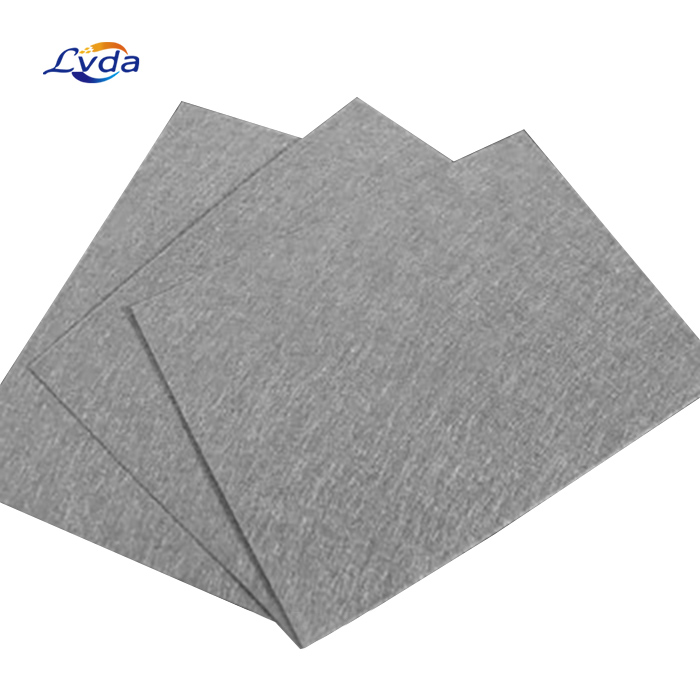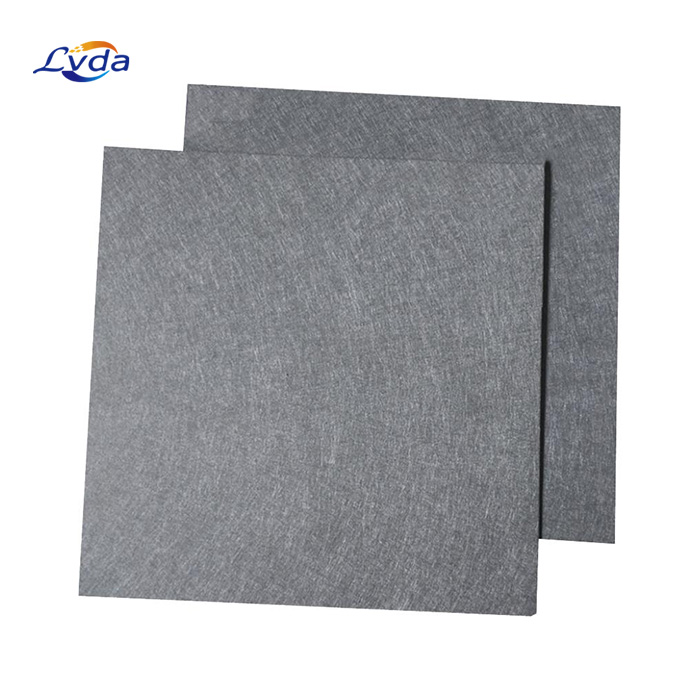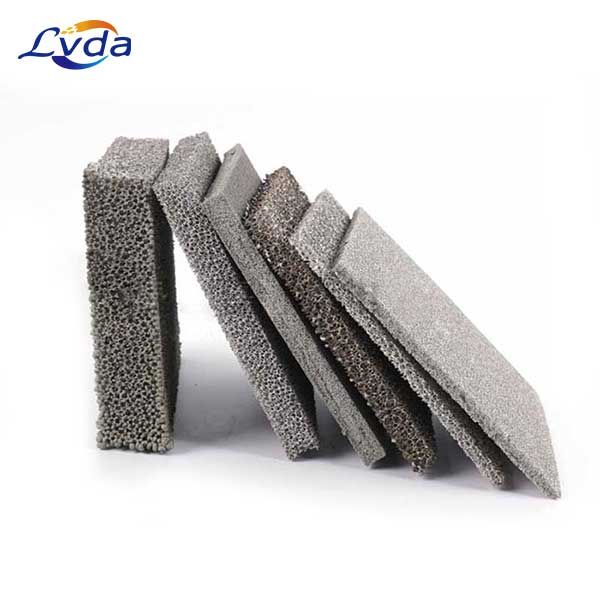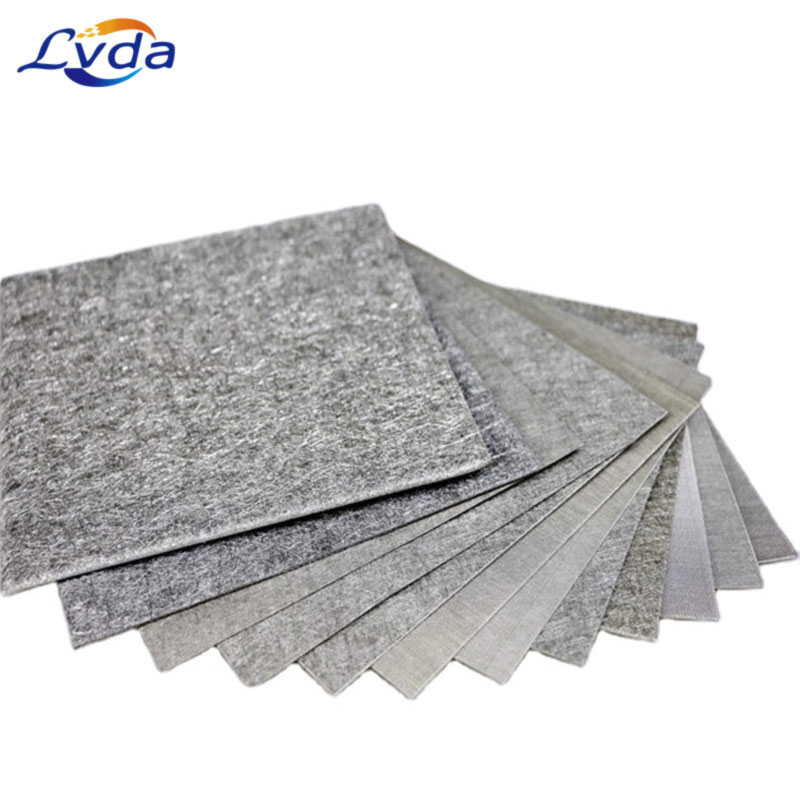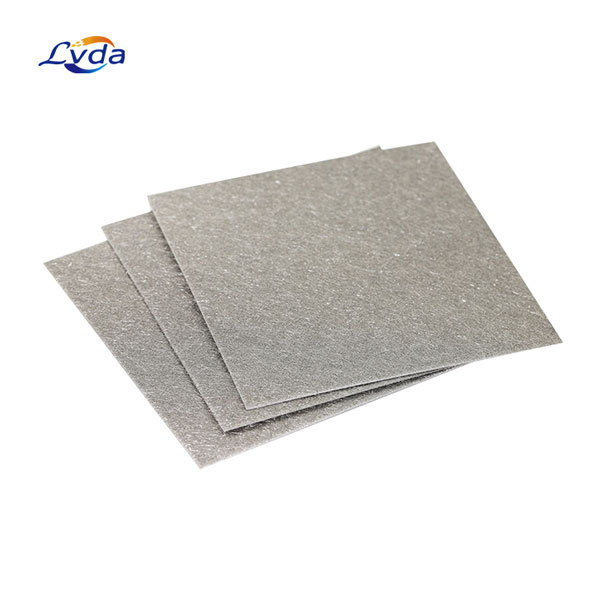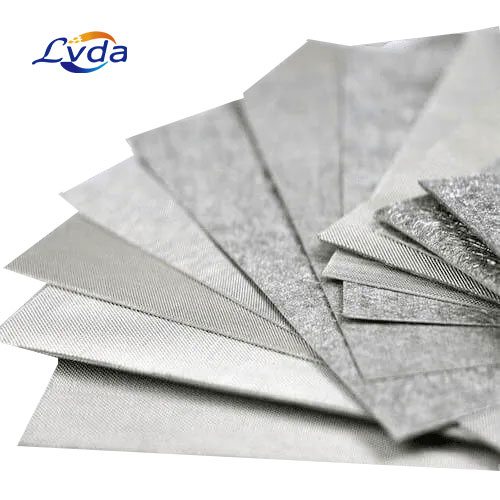Product Details
PEM (Proton Exchange Membrane) water electrolysis has emerged as a promising technology for the production of hydrogen and oxygen using water and electricity. The process involves the use of an electrolyzer, which is a device that electrolyzes splits water into hydrogen and oxygen gases. PEM electrolyzers are characterized by the use of a proton exchange membrane (PEM) that selectively conducts protons (H+) and separates the gases produced.
One of the critical components of a PEM water electrolysis system is the anode diffusion layer (ADL), which plays a vital role in the overall performance and efficiency of the electrolyzer. The ADL is a layer of material that is located between the PEM and the anode, and its primary function is to facilitate the transport of oxygen and water to the anode while preventing the mixing of the produced gases.
Porous titanium fiber felt is a material that has been extensively studied and used as an ADL in PEM water electrolysis systems. This article aims to provide an in-depth introduction to the PEM water electrolysis anode diffusion layer porous titanium fiber felt, discussing its properties, advantages, and applications.
Properties of Porous Titanium Fiber Felt:
Porous titanium fiber felt is a three-dimensional, randomly arranged, and interconnected network of titanium fibers. The porosity of the felt is a result of the electrospinning process used to manufacture the material. Electrospinning is a technique that involves the use of an electrostatic field to draw out a polymer solution into nanofibers, resulting in a highly porous structure.
The porosity of the titanium fiber felt provides several benefits, including high surface area, low density, and excellent mechanical properties. The high surface area allows for efficient gas diffusion and water management, while the low density contributes to reduced mass transport losses. The excellent mechanical properties ensure that the felt maintains its integrity under various operating conditions.
Advantages of Porous Titanium Fiber Felt as an ADL:
1. High Oxygen Diffusion Efficiency - The porous structure of the titanium fiber felt allows for efficient oxygen diffusion, ensuring that the anode receives an adequate supply of oxygen for the electrochemical reaction.
2. Effective Water Management - The felt's high surface area and interconnected porosity enable effective water management by promoting the transport of water from the PEM to the anode, minimizing water accumulation, and reducing the risk of flooding.
3. Low Mass Transport Losses - The low density of the felt results in reduced mass transport losses, leading to improved electrolyzer performance and efficiency.
4. Excellent Mechanical Properties - Porous titanium fiber felt exhibits excellent mechanical properties, including high tensile strength and elasticity, ensuring that it can withstand various operating conditions without compromising its performance.
5. Chemical Stability - Titanium fiber felt exhibits excellent chemical stability and is resistant to corrosion in acidic environments, making it an ideal material for use in PEM water electrolysis systems.
Applications of Porous Titanium Fiber Felt in PEM Water Electrolysis:
Porous titanium fiber felt has been widely used as an anode diffusion layer in PEM water electrolysis systems. Its properties and advantages make it an ideal material for this application, contributing to improved electrolyzer performance, efficiency, and stability.
In addition to its use as an ADL, porous titanium fiber felt has also been explored for other applications within the PEM water electrolysis system, such as gas diffusion electrodes and catalyst supports. These applications further highlight the versatility and potential of the material in the field of PEM water electrolysis.


